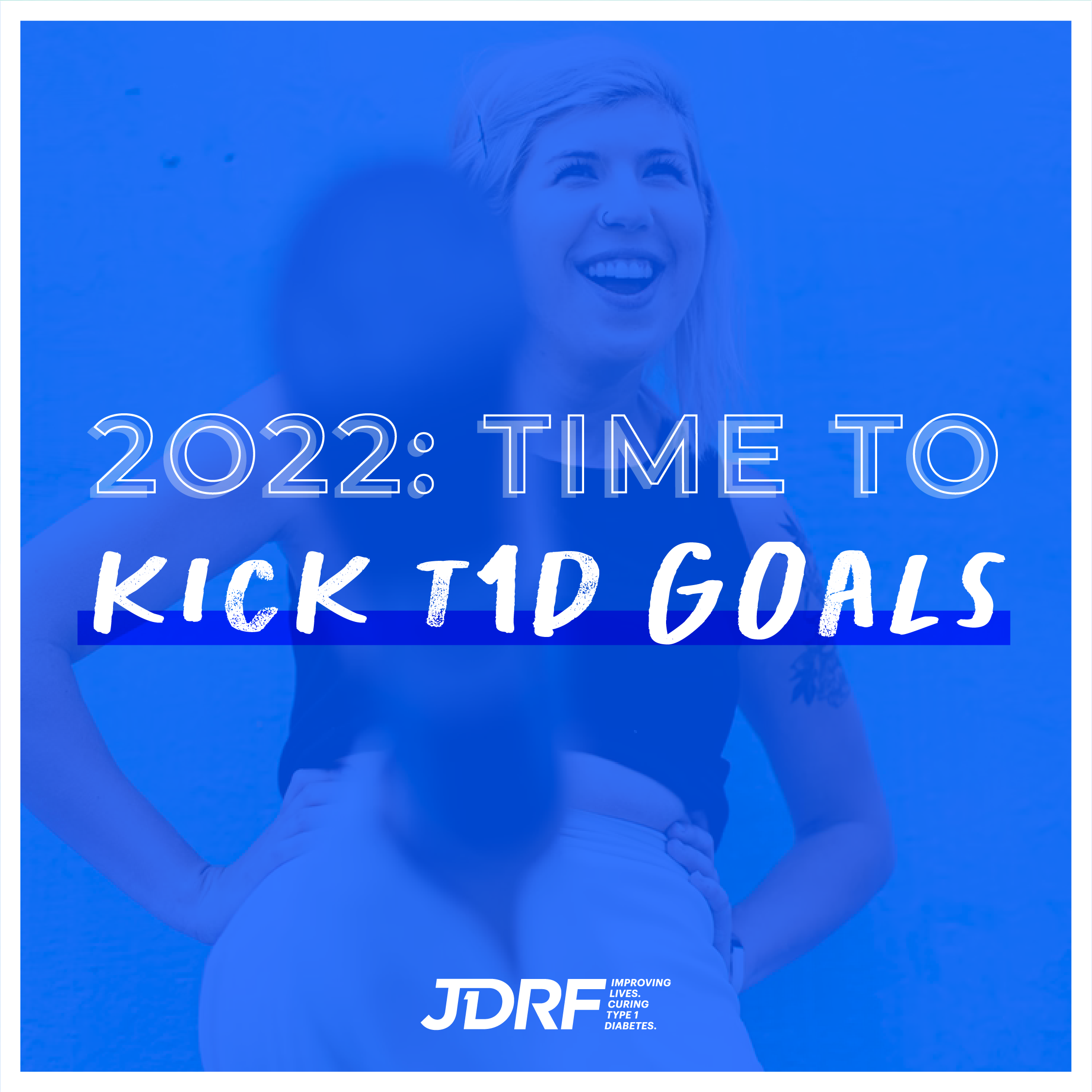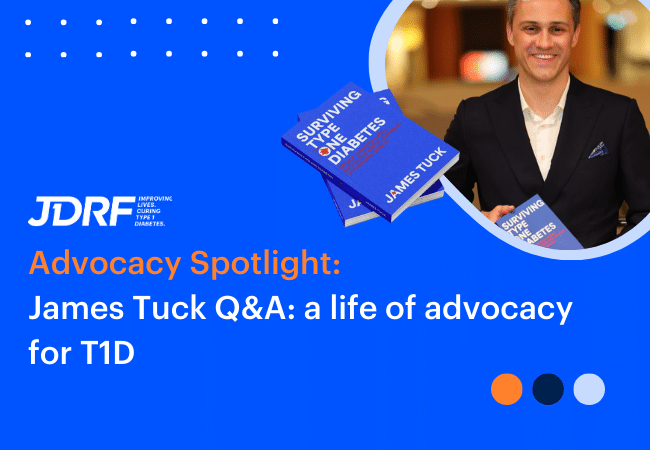5 things you might not know about type 1 diabetes and exercise

This blog post was written by Sam Rooney, an accredited exercise physiologist (AEP) who has been living with type 1 diabetes for 22 years.
When it comes to type 1 diabetes and exercise, there is a lot to consider, and this can be overwhelming if you don’t know where to start. Unfortunately this can often lead to avoiding exercise for fear of hypoglycaemia, a lack of confidence in your ability to exercise, or even just societal pressures when it comes to exercising.
Below are 5 things that you may not know about exercising with T1D that may answer some questions and help you get into the swing of things. There are really so many benefits of exercise for those with type 1 diabetes.
1. Exercise can increase your blood glucose level (BGL)
This is usually a surprise to many people. Often, we are taught that exercise will lower your BGLs and therefore we need to manage insulin and food as appropriate. Exercise can actually both increase and decrease your blood sugar levels, depending in the intensity and duration. Without going too deep into the science behind it, when your body needs a kick of adrenaline or detects stress, it will automatically release glycogen (carbohydrates) stored in the liver to assist in fuelling your response to the perceived stress. Due to this, a general rule of thumb is that the shorter and more intense the activity, the more likely it is that your body will release the glycogen stores.
Below is an infographic that I have put together to provide a fairly simple overview of what you may experience with your BGLs when exercising. To get a really deep understanding of types of exercise and its influence on BGLs, I’d highly recommend reading The Athlete’s Guide to Diabetes by Sheri Colberg.
View this post on Instagram
2. The benefits of exercising with T1D are far more than just BGLs
While we know the benefits of blood sugar level control and HbA1c when exercising with T1D, we often do not realise the added benefits outside of these factors. These benefits include:
- Mental health: Any chronic medical condition comes with an increased risk of stress and low mood, and diabetes burnout is a prevalent factor in the T1D community. In some circumstances, exercise has been shown to be as powerful as Zoloft (one of the most prescribed anti-depressants) when it comes to managing mood and mental health.
- The benefits to risk factors and comorbidities: Yes, exercise is effective in helping to reduce risks associated with a high HbA1c, however it has also been shown over and again to be incredibly effective at reducing the risks of other comorbidities such as high blood pressure, obesity, cardiovascular disease and many, many more. Those with T1D are automatically at greater risk of developing these conditions, so lace up those runners and get out there!
- A sense of achievement: Exercise and sport participation are linked with increased self esteem and a sense of accomplishment. Achieving an activity you set as a goal goes a long way in improving your self confidence.
3. There is no exact science – it’s largely trial and error
While there are overarching principles, unfortunately there is no exact science when it comes to type 1 diabetes and exercise. With so many factors influencing BGLs, it is impossible to write an exact rulebook for managing T1D with exercise – but that doesn’t mean you can’t get close.
You see, while everyone is different when it comes to managing T1D and exercise, if you take note of your personal experiences you will start to see patterns in your own management that can be relatively easy to repeat. Keep a diary, record what you did and try to stay relatively consistent with your exercise routine to really fine tune your management. It won’t be perfect every time, but you will get close!
4. Nobody gets it right all the time
You may see highlight reels on social media of amazing BGL control following exercise but let me tell you: we are all in this together, and nobody gets right all the time. Take me for example. I’m an AEP and have had T1D for 22 years, yet this morning I went to the gym with a blood sugar level of 6.3. As I normally do, I ate some carbs and put my pump on an 80% temp rate. I completed a fairly normal session, showered and had breakfast. Since that time my blood sugar levels have been hovering between 15-18mmol/L and stubbornly won’t come down. While this isn’t a common occurrence for me, don’t feel like a failure if your BGLs aren’t what you see from everyone else. You’re doing your best and you’ll get there in the end. I promise!
5. Exercise can be whatever you want it to be
When we are taught about exercise, it often comes with references to the gym, running or structured sport. In reality, exercise can be whatever you want it to be. Surfing, dancing, gardening and playing in the yard with your children are all forms of exercise that are just as acceptable as hitting the gym or pavement.
The Australian Physical Activity Guidelines recommend that adults accumulate 150-300 minutes of exercise each week with muscle strengthening activities (weight training, gardening – anything that stresses the muscles) on at least two days each week. If you’re in a bit of an exercise rut, try taking a step back, dropping the intensity and participating in activities that you enjoy rather than those you think you should be doing – this could prove to be the reset you need.
Personally, I’m an ex-athlete, I work in gyms and as a profession, teach people how to exercise and lift weights and am constantly educating my community on exercise and preventative health. While I do feel as though I need to be in a gym training regularly for both my health and professional reputation, I’ve really enjoyed taking a step back over the summer to spend more time doing things that make my body and mind feel great – surfing, chasing my dog and renovating my house. Sure, these things won’t make me an Olympic athlete, but they go a long way to achieving the physical activity guidelines for health and wellbeing.
View this post on Instagram
When it’s all said and done, exercise should be something that you enjoy. At times, juggling type 1 diabetes and exercise can be stressful and frustrating, while at others, it can be incredibly rewarding. Allow yourself to take a step back, take a breath and go easy on yourself for blood sugars that aren’t behaving or having a week or two where you dial back the exercise intensity.
Remember to speak to a professional if you need some extra guidance and find yourself a friend to exercise with – this will help you stay accountable and on track!
For more useful tips on type 1 diabetes and exercise, download Straight to the Point: A guide for adults living with T1D.
*For those who haven’t come across an AEP before, we are university-educated health professionals who specialise in the use of exercise and lifestyle interventions to prevent, manage or treat injury, illness and chronic disease (both physical and psychological). You’ll find us in all corners of the industry, from gyms to hospitals, elite sports to specialist medical clinics.

Want more on exercising with T1D?
Fill out this form to have Straight to the Point: A guide for adults living with T1D sent directly to your inbox.




